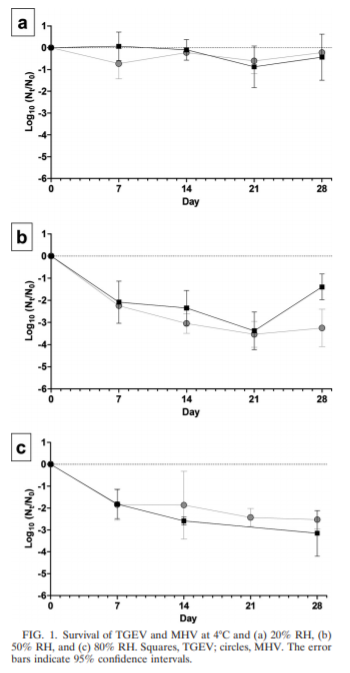Since Covid-19, there is even more attention for indoor air quality. It might be possible that poor ventilation may contribute to the spread of the coronavirus. In any case, some contaminations are already known to decrease indoor air quality. Poor Humidity, Temperature, CO2 and TVOC conditions may be the cause. It influences productivity, leads to less sense of comfortability and well-being and can cause sickness. Beat poor indoor Air Quality with data science.
Indoor concentration of pollution often 2 to 5 times higher than outdoor
Did you ever wonder where you are most exposed to air pollution? Somewhere outside, you say? Wrong, you breath the most polluted air… indoors! Research shows, that people spend 90% of their time indoors. Isolation and modern heating have brought us comfy, warm indoor environments: home, work, recreation, etc., with no cold air coming from under the doors or through windows. However, in many buildings there is a downside. With the tightly enclosed indoor environments, pollution caused indoors or coming from outside has no opportunity to mingle with fresh air. For viruses, heat and certain levels of humidity are perfect environments to stay active.
Pollution may lead to:
- Irritation of the throat, nose and eyes, such as a dry throat
- Headaches, dizziness, and fatigue
- Respiratory diseases, heart disease, and cancer
Covid-19
Besides, the Covid-19 virus is spreading. Since Covid-19, there is a lot of attention for indoor door quality. Besides social distancing, wearing a mask and washing your hands, good ventilation is one of the measures to reduce the risk of infection indoors.
CO2 and TVOC measurement for well-being and productivity
Indoor air quality is depending on… inside and outside factors… Besides temperature and humidity, 2 other factors for indoor air quality are CO2 (Carbon Dioxide) and TVOC (Total Volatile Organic Compounds).
CO2 originates when people breathe, sweat and in all other occasions where there is a burning process involved. CO2 concentration has to remains less than 800 PPM. At higher concentrations people begin to suffer.
Besides, many substances are also source of contamination like cleaning products, paints, varnishes, furniture and glues. These are called Volatile Organic Compounds (VOC’s). Immediate complaints may be symptoms headaches, eye, nose and throat irritation and bad odors. Long term exposure may lead in large doses can damage liver, nervous systems and kidneys.
The impaction of the combination of CO2 and TVOC is even larger. A study shows: “On average, cognitive scores were 61% higher on the Green building day and 101% higher on the two Green+ building days than on the Conventional building day.”
Data Science helps you to maintain healthy and productive air quality
Temperature and Ventilation are more important than ever. Regulate your temperature to obtain a comfortable and healthy environment. Replace bad air with fresh air from outside. By ventilation or just by opening a window.
When you’re busy, keeping an eye on working conditions may be easily ignored. Sensors which measure temperature and humidity like the Airmex help you to maintain your indoor air quality such, that the risk of spreading the viruses is as least as possible They also help you to keep a comfortable, healthy and productive environment. It warns you on an app when you should adjust your room temperature or when you should ventilate. Those signals are based on data science and based on guidelines as the ASHRAE Standard 55 – Thermal Environmental conditions for Human Occupancy.
Find out how the Airmex can help you.

